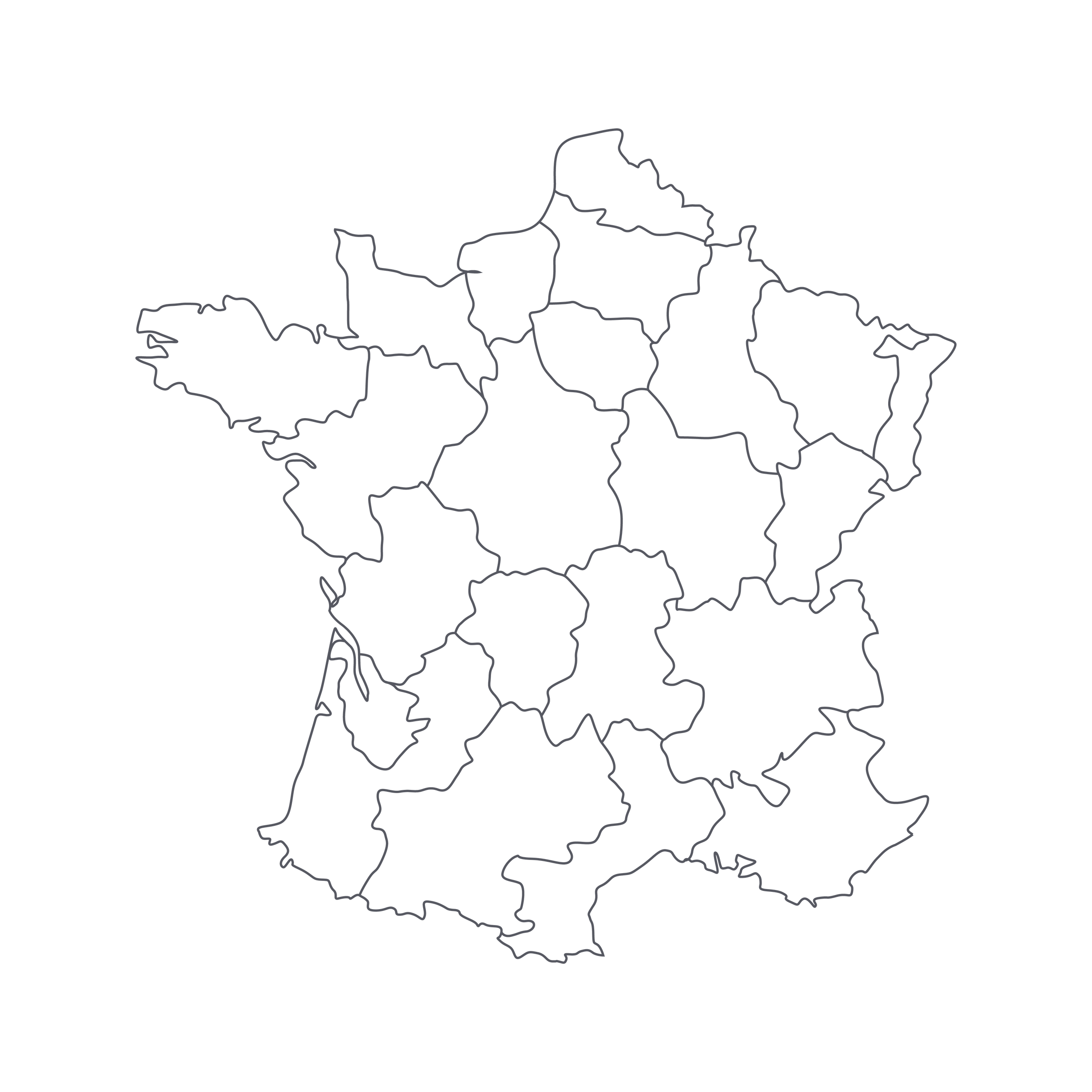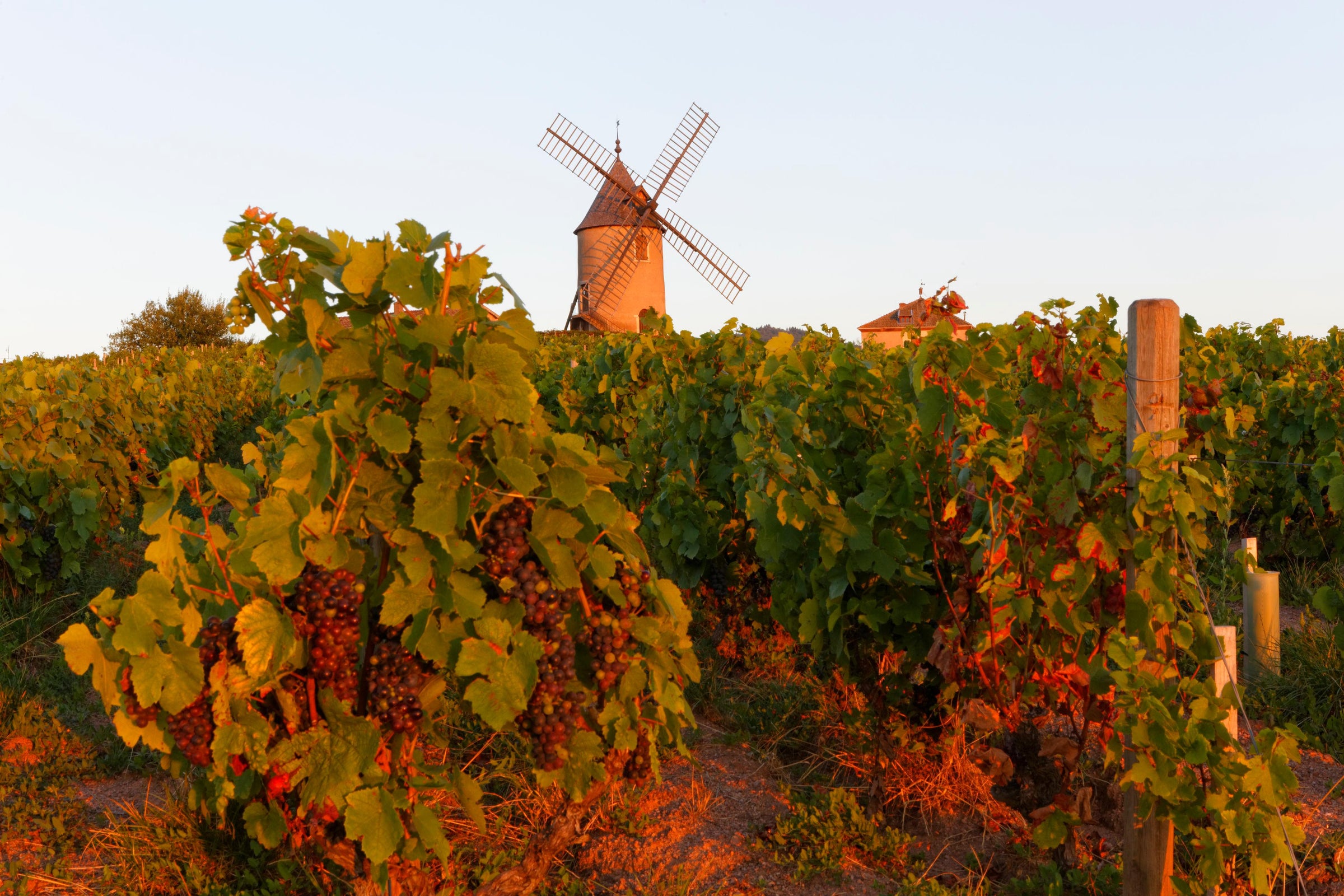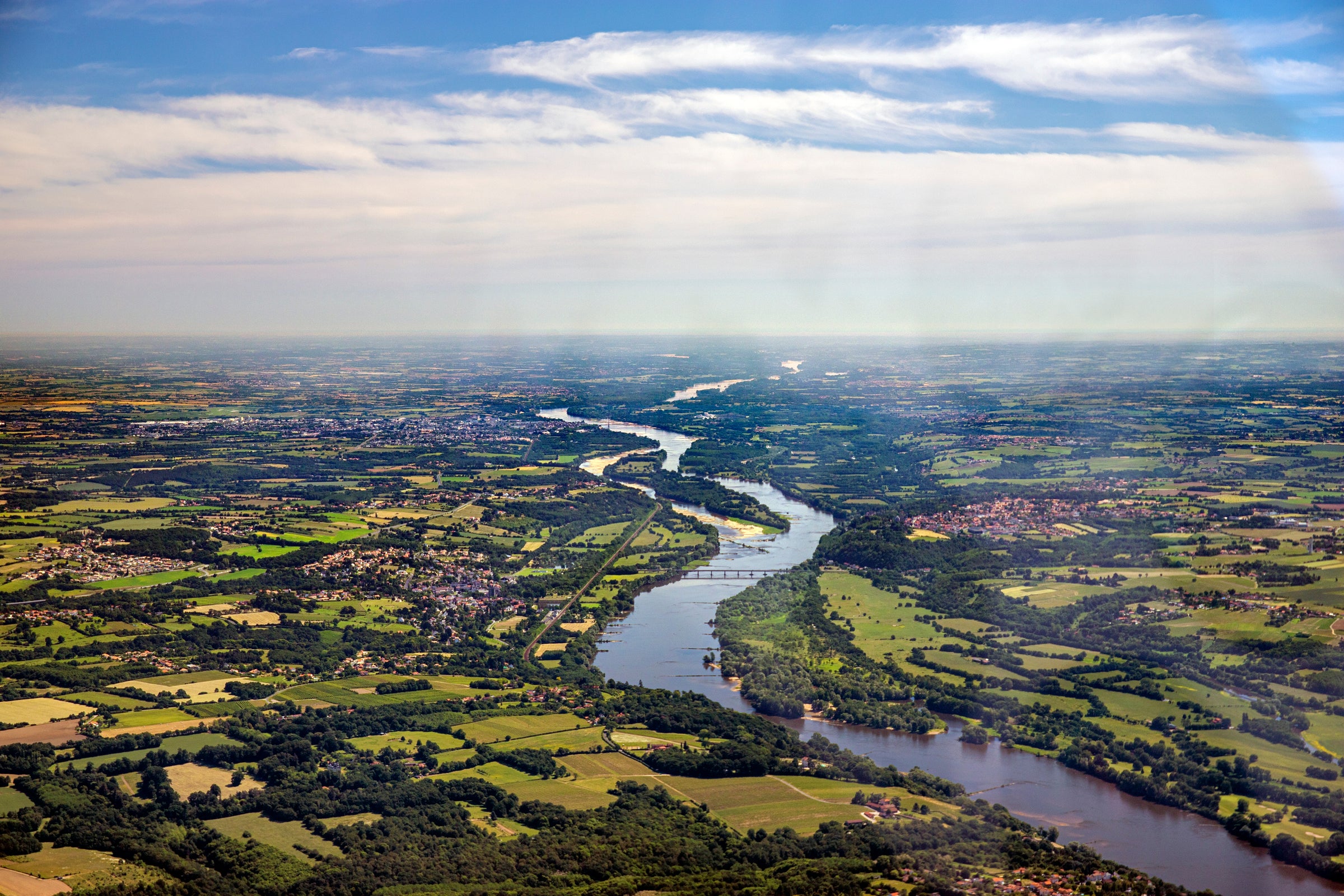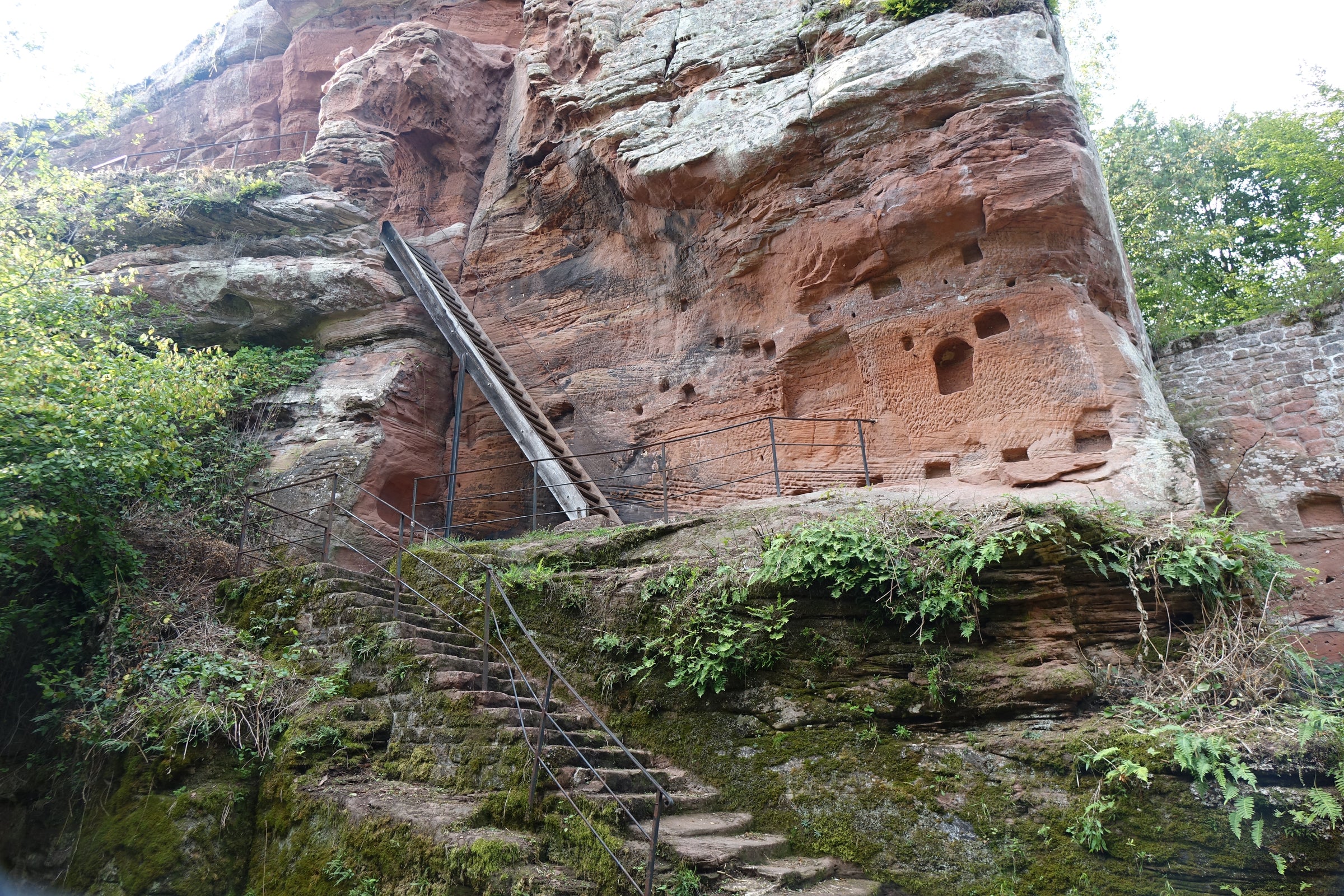If you want to drink a region-defining example of dry Chenin Blanc, you reach for the perennially stunning Vouvray Sec from Philippe Foreau. Most of my sommelier colleagues would wholeheartedly agree, especially upon tasting this magnificent 2016.
Über-traditionalist Philippe Foreau and his son, Vincent, are hardly prone to hyperbole—this is one of those “from another era” properties that long ago proved its greatness—but their importer reports “heightened enthusiasm” over the results in 2016. Now there’s some old-school vintner modesty for you: Acidity levels were the best in several decades, yet there was ample ripeness, too—enabling a wine with an elevated, palate-coating level of residual sugar to finish bone dry. This is electrifying Chenin Blanc shot through with the flinty smokiness characteristic of Foreau’s wines, and I’d pronounce it not just irresistibly delicious but downright important: If I were to choose a wine that perfectly captures the textural and aromatic elements that make Loire Valley Chenin Blanc special, this would be it. File it among the “essentials”—taste this and commit it to memory, because it epitomizes its region and grape like few others.
Another of Foreau’s descriptors for this 2016 was “pure energy.” That was one of our takeaways, and having tasted many vintages of this wine over the years, I wouldn’t hesitate to put this 2016 right at the top. It is always a reliably evocative wine: Aged in ancient wood barrels that have blackened on the outside over the course of some 30 years of use, the Foreau Vouvrays—whether dry or sweet—always display the profound influence of the limestone and flint soils they are grown in. While many supposedly dry or “sec” Vouvrays possess noticeable sweetness on the finish, Foreau remains a defiant exception—even in 2016, when residual sugar reached nearly 8 grams per liter. You can feel the richness on the palate, but a wave of focused acidity rushes through right behind it, buttoning up a bone-dry finish. The only other grape I can think of with this chameleonic quality is Riesling; it’s quite amazing, actually.
The Foreau domaine as we know it today was purchased by Philippe Foreau’s grandfather in 1923. Farming has always been conscientious but, as of the last few years, is now fully organic. Foreau’s still whites are fermented in a mix of young and mature 300-liter French oak barrels. The wine is racked a few times before bottling in May of the year following harvest. This is a simple, pure approach to Vouvray, resulting in a “house style” that is linear, deeply mineral, and clean, versus the more oxidative, lees- and oak-driven styles that abound in Vouvray.
The freshness, and the great purity of fruit, in this 2016 is matched by a profound soil character—it’s an earthy, not dirty, white wine that is clearly built to age for decades. As in other parts of France, the 2016 vintage was plagued by Spring frosts that reduced the eventual crop by about 30%, but the grapes that made it through to harvest did so with flying colors. In the glass, Foreau’s 2016 Sec is a shimmering yellow-gold with flecks of green, with exotic aromas of poached quince, red and yellow apple, pear, white peach, acacia honey, wild herbs, raw hazelnuts, and wet stones. Medium-bodied (leaning toward medium-plus) and laser-focused, it lingers on the mouthwatering finish for what seems like minutes, and as with past vintages of this wine, it responds well to being open for several days, getting better every step of the way. Decant it a good hour before serving at 50-55 in larger stems to really bring out its aromas and texture. It will pair beautifully with assorted seafood crudo drizzled with lemon, salt, and olive oil, or try the attached recipe for pan-fried sea bass. There’s hardly any ocean fish this wine won’t enhance, so don’t worry too much—just do yourself a favor and get some of this on the table!






